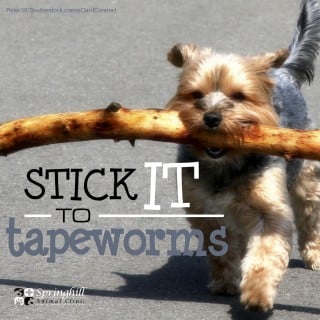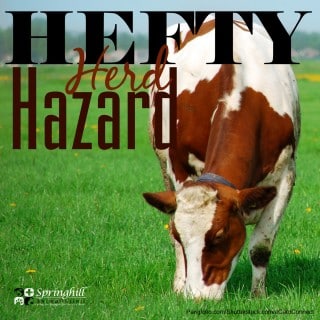You may not realize it, but every time we see your herd, we’re providing a physical examination to ensure there are no indicators of underlying health issues. Often done from afar, cattle physical examinations may include such things as whether the animal is responsive to the environment, alert and attentive and how it rises or walks. Issues with gait or how the animal carries its head and neck can give important clues regarding neurological disease. Abnormal behaviors are often clues and one part of the puzzle we solve when determining a diagnosis such as lead poisoning, rabies or even lameness. Something as simple as an abnormal gait can clue us in to a larger issue.
However, during fall cattle work, these examinations can be more thorough than they are when the herd is out to pasture, and we are often able to evaluate each cow individually as it comes through the chute. As each animal comes through, we check rectal temperature, assess rumen motility, grade the docility (or lack thereof) and listen to the heart and lungs. We also score body condition, evaluate hooves and legs, and check eyes, teeth and udders, among other things. Testing for hydration and abdominal pain is conducted. Depending on whether you have a beef or dairy herd, additional items such as urine collection to test for ketonuria may also be conducted to get a complete picture of the animal’s health. To ensure each of your cows receives a full and fair examination, we use a topographical approach and examine each cow in the same sequence to ensure no body system or region is overlooked.
Individual assessments of each of your cows are crucial when it comes time to make decisions about which head to keep and which ones to cull. Good decisions based on individual animal health improve the overall health of the herd–and your bottom line.



